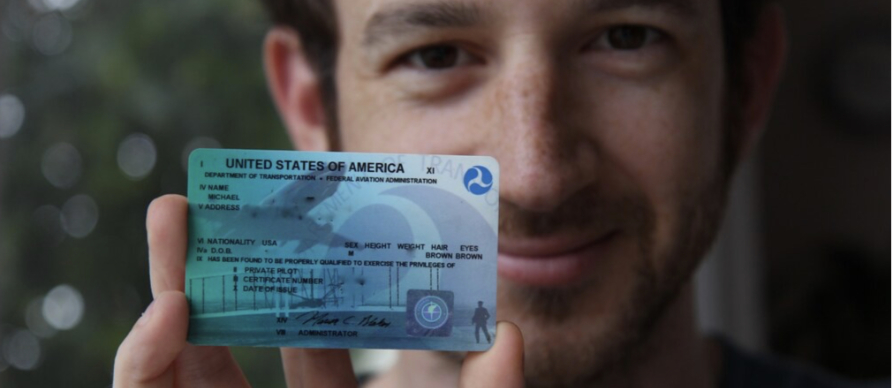
The FAA Private Pilot Practical Test (a.k.a the checkride) – “the most fun you can have with your clothes on,” (perhaps not!)
This often nerve-wracking but ultimately exhilarating experience of a Private Pilot Practical Test is your ticket to your next aviation certificate or rating.
The checkride, is a critical step for aspiring pilots to earn their certifications and ratings. It’s a comprehensive evaluation of both ground knowledge and flight skills, administered (usually) by an FAA Designated Pilot Examiner (DPE).
Here’s a detailed overview of what to expect and how to prepare:
Components of the Private Pilot Practical Test
Oral Exam (Ground Portion):
- Duration: Typically 1-2 hours.
- Content: Questions on aeronautical knowledge, regulations, aircraft systems, weather, navigation, flight planning, and decision-making.
- Preparation Tips:
- Review the FAA’s Airman Certification Standards (ACS) for the specific certificate or rating you’re pursuing.
- Study materials like textbooks, online courses, and FAA handbooks (e.g., the Pilot’s Handbook of Aeronautical Knowledge).
- Practice answering questions with a flight instructor or study group.
Flight Test (Airborne Portion):
- Duration: Usually 1.5-2 hours.
- Content: Demonstration of flight maneuvers, emergency procedures, navigation, and overall aircraft handling.
- Key Areas:
- Preflight Preparation and Inspection: Show thorough understanding and capability in preflight planning and aircraft inspection.
- Takeoffs and Landings: Perform normal, short field, and soft field takeoffs and landings.
- Flight Maneuvers: Execute maneuvers such as stalls, steep turns, slow flight, and emergency descent.
- Navigation and Cross-Country Flying: Demonstrate proficiency in navigation, including pilotage, dead reckoning, and use of navigation aids.
- Emergency Procedures: Show capability to handle simulated emergencies, such as engine failures or system malfunctions.
- Preparation Tips:
- Fly regularly with an instructor to practice and perfect required maneuvers.
- Conduct mock checkrides to simulate the test environment.
- Ensure you’re familiar with the aircraft you’ll use for the test, including its systems and performance characteristics.
Tips for Success
- Thorough Preparation:
- Understand the FAA’s ACS and use it as a checklist for both knowledge and practical skills.
- Utilize resources like the FAA website, aviation forums, and instructional videos to deepen your understanding.
- Documentation:
- Verify that all logbook entries, endorsements, and required documents are complete and in order.
- Pre-Checkride Briefing:
- Meet with your instructor for a pre-checkride briefing to address any last-minute concerns and ensure you’re mentally prepared.
- Stay Calm and Focused:
- Treat the checkride as a learning opportunity. If you make a mistake, remain calm, and demonstrate your ability to recover and continue safely.
- Communicate:
- During the flight portion, communicate clearly and effectively with the examiner. Good communication demonstrates professionalism and command of the aircraft.
After the Checkride
- Pass: Celebrate your achievement and review any feedback from the examiner to continue improving your skills.
- Fail: Understand that it’s not uncommon to need more practice. Focus on the areas needing improvement, and schedule a retest when ready.
By approaching the FAA checkride with thorough preparation, a positive mindset, and a commitment to continuous learning, you can turn this pivotal moment into a rewarding and memorable experience in your aviation journey.
If you’re preparing for an FAA check ride, here are a few tips:
- Study: Ensure you’re familiar with all the required knowledge areas. Use the FAA’s Airman Certification Standards (ACS) as a guide.
- Practice: Spend ample time flying with an instructor to hone your skills and address any weak areas.
- Documentation: Make sure all your paperwork, endorsements, and logbook entries are complete and accurate.
- Rest: Get a good night’s sleep before the check ride to ensure you’re alert and focused.
- Stay Calm: Remember that the examiner is there to ensure safety and proficiency, not to trick you. Stay calm, and handle each task methodically.
Good luck on your check ride!